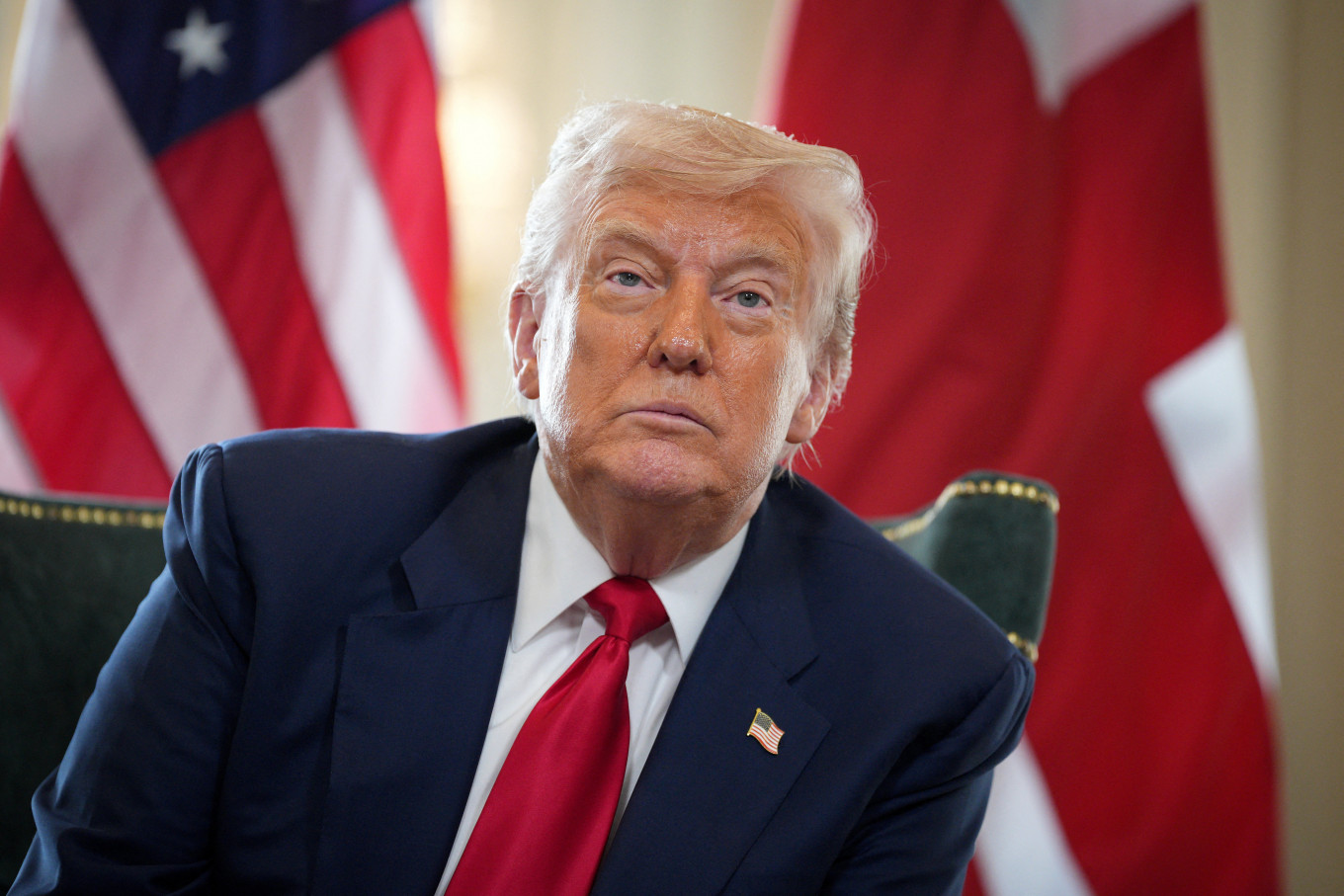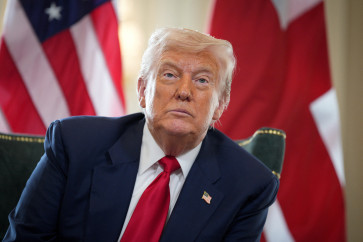Popular Reads
Top Results
Can't find what you're looking for?
View all search resultsPopular Reads
Top Results
Can't find what you're looking for?
View all search resultsThe true costs of Trump’s economic agenda
Rather than responding to a crisis, Trump’s policies seek to reorient the American economy by revitalizing its once-dominant manufacturing sector.
Change text size
Gift Premium Articles
to Anyone
T
he first six months of Donald Trump’s second presidency have been marked by a flurry of executive orders and legislative activity unparalleled in US history, with the possible exception of Franklin D. Roosevelt’s first 100 days in office.
The key difference is that Roosevelt’s New Deal was a radical, and ultimately successful, effort to pull the United States out of the Great Depression. By contrast, Trump’s policy drive lacks such a clear, immediate catalyst, as the US economy was performing well before he came into office.
Rather than responding to a crisis, Trump’s policies seek to reorient the US economy by revitalizing its once-dominant manufacturing sector. Whether they will succeed is far from certain.
Weaponization of international trade is at the top of Trump’s economic agenda. Since April, he has imposed sweeping “reciprocal” tariffs on almost every country in the world, then adjusted them repeatedly; lifting some, lowering others and reinstating or increasing many. As a result, the average effective US tariff rate has surged from 2 percent in 2024 to more than 16 percent, its highest level since the 1930s.
While many commentators have warned that sharply higher tariffs could fuel domestic inflation, the real risk lies elsewhere. By increasing the cost of imported inputs from countries like Mexico, Canada and India, Trump’s tariffs raise US production costs and undermine the US’ ability to compete globally.
Reduced competitiveness will likely lead to a decline in US exports, squeezing working-class incomes. Trump’s One Big Beautiful Bill Act, which combines tax cuts for the rich with cuts to health-care and food-assistance programs, will compound the damage by disproportionately harming low- and middle-income Americans while adding trillions to the federal deficit.
Unless these policies are reversed soon, which is an unlikely scenario, their impact on the US economy could be devastating. While the immediate effect on prices may be limited, high tariffs will ultimately slow gross domestic product (GDP) growth and erode wages, particularly for working-class Americans. This decline is likely to be a secular trend, potentially leading to a sharp deterioration in economic performance.



















